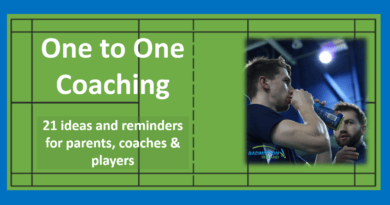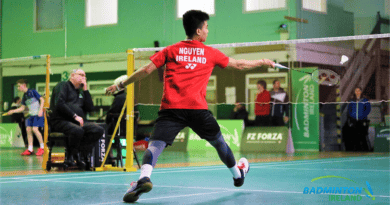6 Ways to develop an awesome Deep Forehand
How good are you in the deep forehand rearcourt, is it a strength of yours?
Do you know how to take control of your development in this area?
This post is aimed at players and will give you some ideas on how to make this an awesome deep forehand in defensive & attack
It will also help you with creating great practice
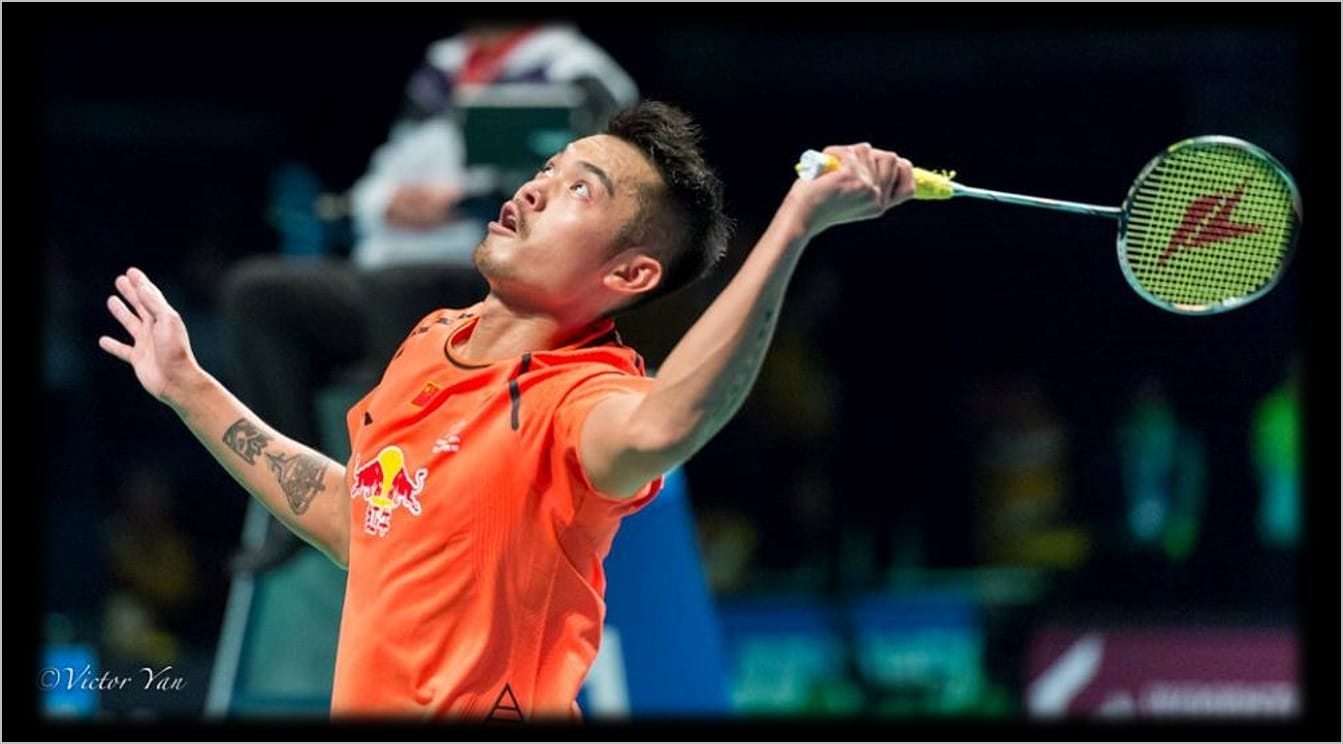
– – – – – – – – – – – – – – – – – –
1. Why you need to be great in this area
2. The key elements that make a difference
3. How to practice
4. What makes a great practice: Beginners
5. What makes a great practice: Everyone else
6. How to make it Tactical not just Technical
– – – – – – – – – – – – – – – –
Warning
You may not agree with what I’m about to say concerning the deep forehand.
It depends on what standard you currently are and what you’ve already done in practice. Plus how much you want to and are allowed/encouraged to contribute (design) your Badminton deep forehand practice
It’s certainly NOT all about the technical elements and ‘grip’ isn’t the key element to creating an awesome deep forehand.
All I ask is that you read and then try out these things on the practice court
– – – – – – – – – – – – – – – –
 1 Why you need to be great in this area
1 Why you need to be great in this area
When you first start playing, the court seems huge and there is plenty of space for your opponent to use against you, especially behind you. Then as you progress you’d expect this target area to disappear, but it doesn’t.
At all levels of play, the deep forehand is a target area for your opponent. They want to get the shuttle behind you so its harder for you to hurt them.
If you want to be able to ‘press’ at the net you need to have great skills in the deep forehand so that your tactics in the forecourt don’t provide a weakness elsewhere.
What you decide to do in this area of the court, the stroke and tactical choice you make can be the difference between average and awesome!
Your intention is the first and maybe the most important factor: Should you try to jump up and out to intercept or should you allow it to go slightly behind you?
Both choices are correct, but of course, it DEPENDS. Will your actions give you an advantage or place you in more trouble?
It depends on
- What variations can you play: have you practised different variations in different situations (not just feeding positions). Situations where you are allowed to play whatever stroke you want and then experience how well it worked.
- Maybe the stroke you play is a risk worth taking: what’s your view on making errors?
- Are you thinking tactically (as a player) or do you just know technically how to move and strike the shuttle? Just being technically great is not going to win you those close matches.
- What practices have you been exposed to: are you great at making decisions? Can you set up situations that hide this area or cause the opponent to think twice before playing towards it?
– – – – – – – – – – – – – – – –
2 The key elements that make a difference to your deep forehand

Here are some essential aspects that I think are essential if you want to have an awesome Deep FH
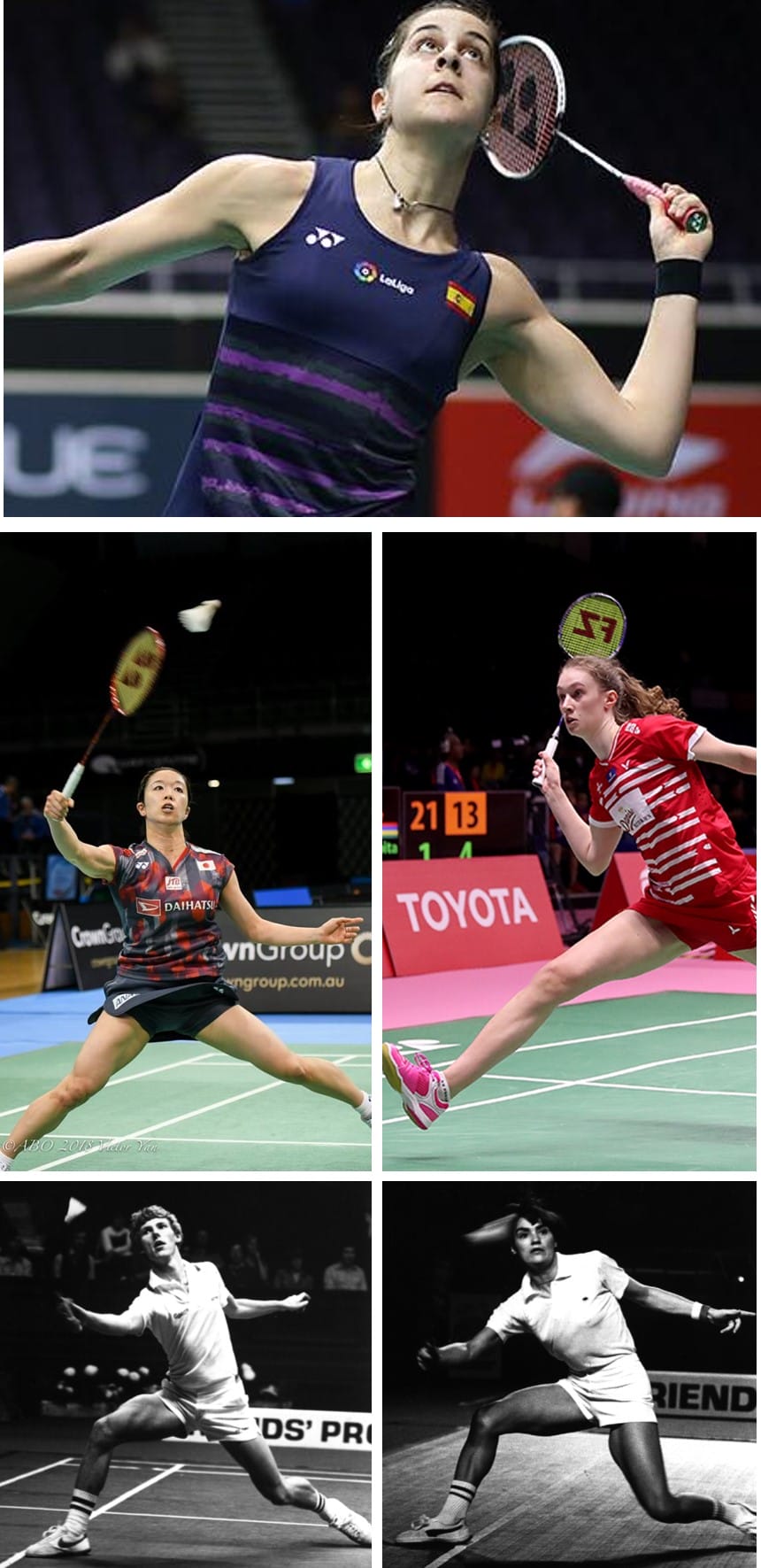 Look at photos and videos – watch your favourite player over and over again.
Look at photos and videos – watch your favourite player over and over again.
I’d recommend that you spend far more time watching them than you do watching instructional videos. Watch how they prepare and the feeling you have just before they strike the shuttle. Try to record all the variations they play and see if you can spot the slice or power control. Then, of course, go onto the court and replicate what you can remember, try to get some great pictures in your mind.
Can you see these images and movements?
“E.P. – Early Preparation” – Prepare your racket and body but remember to prepare your mind. It’s vital that you move your racket early into positions shown in these photographs. I guarantee that you’ll see a difference once you concentrate on EP
“Make a bicep” – this is a simple instruction that causes a great racket preparation position, just look at all the images in this post, can you see ‘make a bicep’?
“Foot out” – towards the end of the movement be prepared to get your foot ‘out’. Combine this with the next two points
“Hit around the shuttle” – encourage yourself to imagine stepping ‘outside’ of the shuttle. Ok, this won’t happen on every occasion but just having the thought will help you. It will also make your crosscourt shots easier as well.
“Hit-Land” – this is another thought for you to plant into your mind. It will help you to generate lots more power and help you to reach those quick deep flicks. You may even have a slight pause/wait so that the hit comes before the land. If the hit and land happen at the same time that’s ok, it’s just not good to practice Land-hit.
Grip change – it’s important but not as important as the points above. However, often coaches use it as the key element despite being easy to change and on its own doesn’t make an awesome stroke.
All the above elements combined together, that’s what starts to create an awesome deep forehand
– – – – – – – – – – – – – – – –
3 How to practice
This is probably the hardest part of this blog for me to write. What should I advise you?
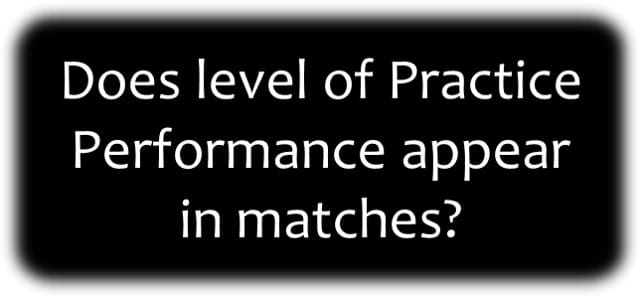 I could tell you to line up 100 shuttles in rows of 10 x 10, find a great feeder who can deliver the shuttle to just the right spot for you to ‘groove’ your stroke
I could tell you to line up 100 shuttles in rows of 10 x 10, find a great feeder who can deliver the shuttle to just the right spot for you to ‘groove’ your stroke
It would certainly allow you to improve during the practice and maybe even hit a target 80-90% of the time.
You’d come off the practice court believing that you’ve improved and feeling great
For most of you reading this post, this type of practice won’t get you the awesome stroke you want!
It will look good in practice but not be awesome in competitions
Just hitting lots of shuttles over and over again is not the BEST way to improve
It is an ok way and you will improve if your measure of improvement is the ability to reproduce shots in a ‘closed’ (not a game) practice
The difficult part for you is to know how to measure your learning and ensuring that the stroke works in a game
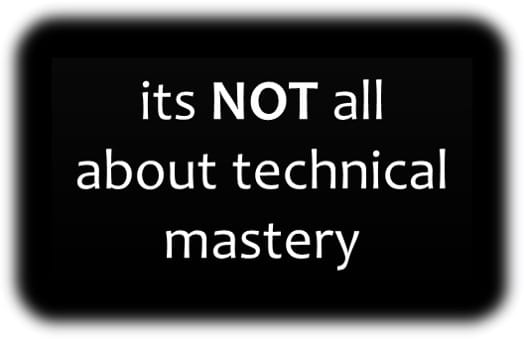 You should not only measure your practice performance by hitting single shuttles and checking that all the technical boxes are ticked
You should not only measure your practice performance by hitting single shuttles and checking that all the technical boxes are ticked
If that was true, then you’d be much better already as I’m sure you can tell me about the awesome practice sessions when you felt everything clicked and the coach complimented you on hitting all the targets
My best advice is that it’s NOT all about seeking technical mastery
Yes, there are certain technical things that you need to do but to become awesome at this stroke you also need to be great at the Tactical and Emotional elements
Please don’t forget the Tactical choices you have when playing this stroke in a game. The situation you find yourself in, your realisation of what is happening (or could happen), the thoughts you have, these are the important factors. Both are Tactical and Emotional, the Technical elements only assist you in performing your chosen action.
The BIG question is how to practice these Tactical choices in situations that also test you Emotionally
It’s your ability to make great choices and to feel when to play the different strokes, that’s what will make this stroke awesome
What are the decisions you need to practice?
- the decisions before you even start to play the stroke just by looking over the net at the opponent, can they tell you anything?
- the reasons why you would choose to hit different strokes. Why hit with more slice or to play flatter and into their midcourt, or leap out, or start to ‘hold’ the shuttle with deception
- deciding to change your stance at the net even before your opponents play their shot. In practice what stances are you currently using? Does it make a difference who has the shuttle at the start?
- when to consider leaping out for an interception. Are they better situations when you would and how early can you recognise them? This is a skill to be developed
- deciding not to intercept but to let the shuttle go behind you a little and play strokes that will frustrate your opponent, what are these strokes?
All your decisions (choice) must be practised and are not the same things as thinking about what grip you have or exactly how your foot lands
– – – – – – – – – – – – – – – –
4 What makes great practice to help develop an awesome deep forehand stroke
The Early Beginner
- Use Wallwork practice. Feed yourself and concentrate on self-coaching yourself practising the essential technical parts
- When using single feeding from your coach, ask them to stand next to the trams and hit flicks ‘up-flatish’ behind you. Ask them not to lift high and upwards, you don’t want that extra time. Then move quickly and aim to hit the shuttle back at them … hard !!
- Your Coach may decide to hand feed from the side of the court – its ok to do that but it’s not essential. Racket feeding can be just as tough and give you the time you need for E.P.
- You may decide to start in a position that looks like you would be just before striking: making a bicep shape with EP, only 1 (large) step away from striking. Ask your coach for more details or send me an email.
- Hopefully, you’ve already partly mastered net lunges using ‘hit-land’ and are happy to ‘get your foot out’ in from of you in a long lunge, you’ll need this for the deep FH
- As soon as you can start in a racket foot forward stance, or hopefully, start block feeding yourself to the net so the feeder can flick behind you. That means you will have the shuttle at the start of the practice!
Your aims
- Prepare your racket and arm early ready for ‘Power’ and to be motivated to get ‘around the shuttle’ with your foot. EP is everything!
- Think about ‘Prepare-HIT ‘ so your foot lands just after striking or at the same time
- Hit straight back to the feeder so they can catch – hit hard and flat to the midcourt
- Progress to a racket foot start so its more realistic, tougher and nearly like a game stance. Please don’t start standing square!
- Can you get 6/10 over with the occasional ‘fast crosscourt’ to see if your feeder can run over there and catch your shot 🙂
– – – – – – – – – – – – – – – –
5 What makes great practice to help develop an awesome deep forehand stroke
 Tips for everyone
Tips for everyone
- If you use single feeding then talk with the feeder and let them know how tough (flat fast) you want the feeds. Decide if you want an easy or tough or ‘World-class’ feed
- Ask them to feed from straight and crosscourt positions, then decide how tough you want the flick. Don’t allow the feeder to hit high!
- Start using ‘player feeds’, where you hold the shuttle and play to the opponent’s net area then they flick you flat and deep (or is that how you are practicing now ?)
- Continue to use E.P. but start to replicate and imagine all those different strokes you watched on the video. How many can you remember?
- Once you have partly mastered the stroke it’s time to experiment with stepping ‘Up & Out’ to increase the power
- Don’t forget to try out intercept jumping with clips and crosscourt shots, talk with your coach to decide how much variation your want
Your aims
- Encourage your feeder to be seriously tough with some feeds, maybe stepping forwards to reduce the time you have to move
- Demand that you have the shuttle to start with (use player starts) and then see if you can affect what type of flick they do, but be aware if you ‘feed’ too tight they may cross net you 🙂
- Try out changing your stance (use forwards to backwards attacking stances) after self-block as a feed, I recommend that you try this on your BH side first
- Ask the feeder to vary the stroke they play and importantly, try to anticipate or affect what stroke they play. Have you thought how your ‘player feed’ or your movement after your feed could affect the stroke they play? Just like you would in a game!
- Most importantly play out the rest of the rally so you can see if your stroke gave you the advantage or reduced their advantage that you planned for
- Be a player in practice, not a passenger. Take every advantage: from your first thought, your feed, your movement before they strike …. the list goes on and on !
– – – – – – – – – – – – – – – –
6 How to make it Tactical not just Technical
If you have read this far, Thank you! 🙂
This last section is the most important as it may cause you to consider how you currently practice and may also cause you to stop reading
Do you and your coach set out to improve the technical parts and hope that they translate into your game?
Are you only developing Technique?
I’d like to suggest that your practice should be more than just trying to ‘perfect’ all the technical elements. In fact, the search for any form of technical perfection may be hindering you from becoming a skilful player.
Technical expertise should not be the thought of as ‘skill’
What do you consider to be the ‘skill’ part of this stroke?
- Is it the ability to hit lots of shuttles into a target or is the skill more than that?
- How much of ‘skill’ is the Technical part, what else needs to be included to prepare you for a game?
- What makes a player skilful, is it just the ability to hit technically perfect strokes?
- How would you measure the improvement of your skill, technical aspects can be assessed, but can game skill?
I believe that the skill part of this stroke is the ability to recognise a situation and play something in relation to that situation
Do you agree with me?
If you do, how can you train to become better at the whole skill, not just the technical part?
Do you think hitting lots of shuttles over and over again is going to give you the skill you need?
How can we improve your ability to read a situation and make a decision? The type of quick almost instinctive thoughts you’d make in a match. Some people call it anticipation, experience, all I know is that you CAN and MUST practice it!
How can we help you to start to understand or improve ….
- how you influence a rally
- the ways you can influence your opponent and limit their possible strokes
- different methods for you to control your thoughts and prepare plans
- your ability to see (anticipate) a situation as it forms and be ready for a likely outcome
Nearly all practices should (as soon as possible) include elements that go beyond just technical practice, to not do more is not making the best use of your court time
Top tips to help you turn up the Tactical parts of your Technical practices
- Start most of the practices yourself. You’ll need the shuttle to start. Use block or racket foot forwards feeds
- Accept that you can intentionally influence practice rallies and be allowed to do that (that means beating the feeder). Influence starts even before you start the rally.
- Accept that sometimes you will feel uncomfortable and may not make the right decision (your shot needs to be returned for you to know that, if it goes over!)
- Have a goal which is more than just ‘how many can I hit over’ or a goal that is 100% ‘technically based’
- Incorporate decisions and importantly, keep playing to see the outcome of your decision. If your shot doesn’t go over and the feeder tries to return it, how do you know it was effective ????
- Ask feeders to try and beat you, don’t just be a ‘passenger’ and allow the feeder to dictate everything
Go and try these ideas and let me know if your practice becomes less Technical and more like a game, maybe you even had fun deciding what to do, and when to do it 🙂
We need to make your practice full of decisions that test your technical and emotional ability. Not just reproducing shots in a ‘closed’ practice.
The difficult part for you is to know how to measure your learning. So talk with your coach!
– – – – – – – – – – – – – – – – – – – – – – – – – – – – – – – – – –
Is there anything that you’ve read that has helped or you disagree with then please send me an email.
I’d love to hear your views contact@badmintonandy.com
Thanks for reading this far, I appreciate your time and motivation

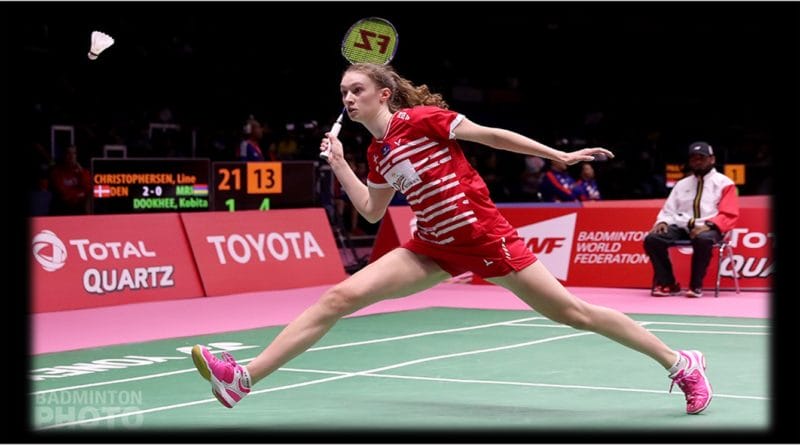
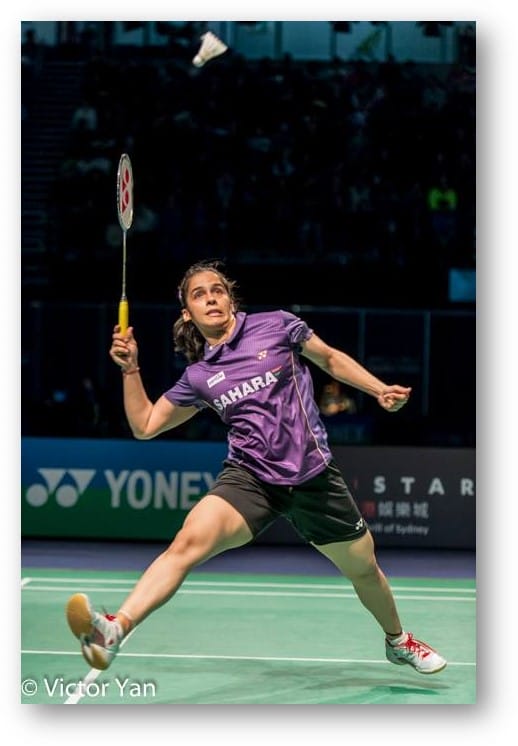 1 Why you need to be great in this area
1 Why you need to be great in this area
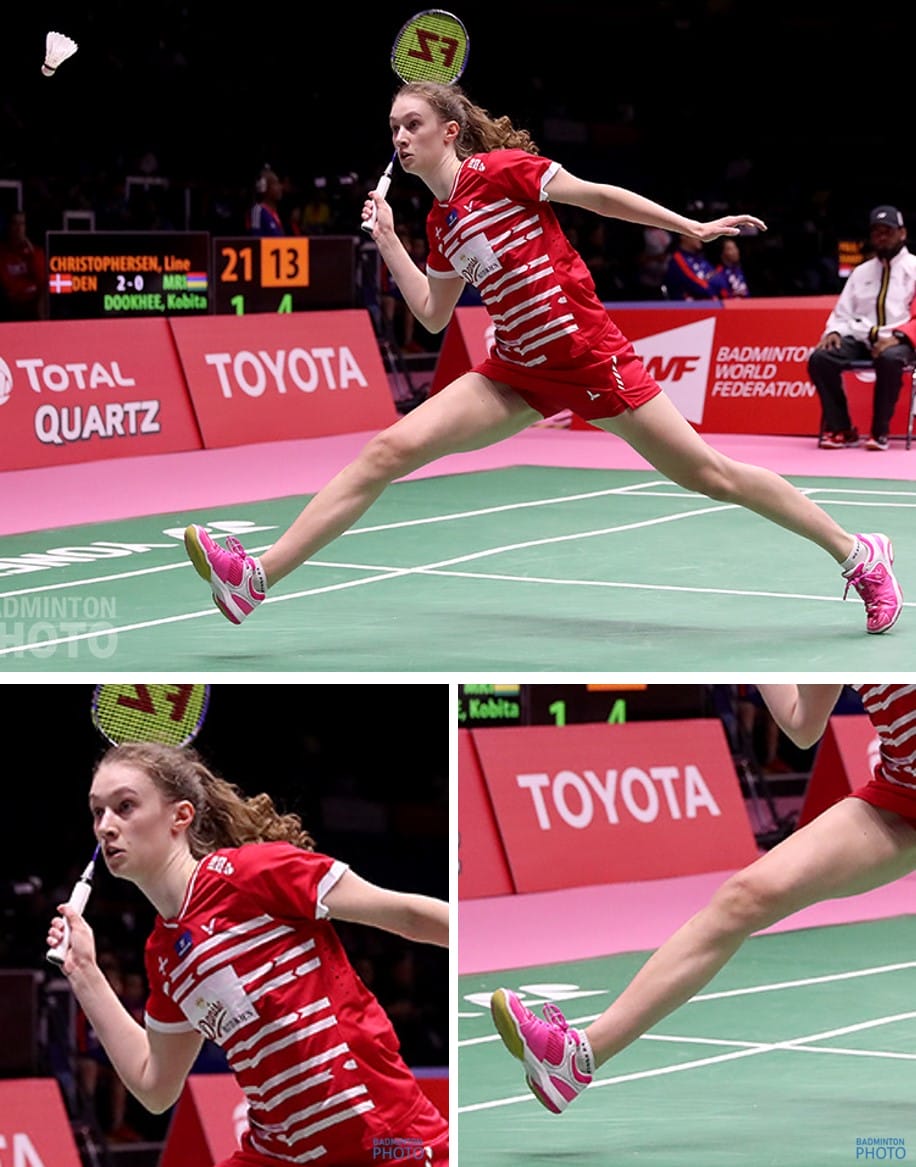
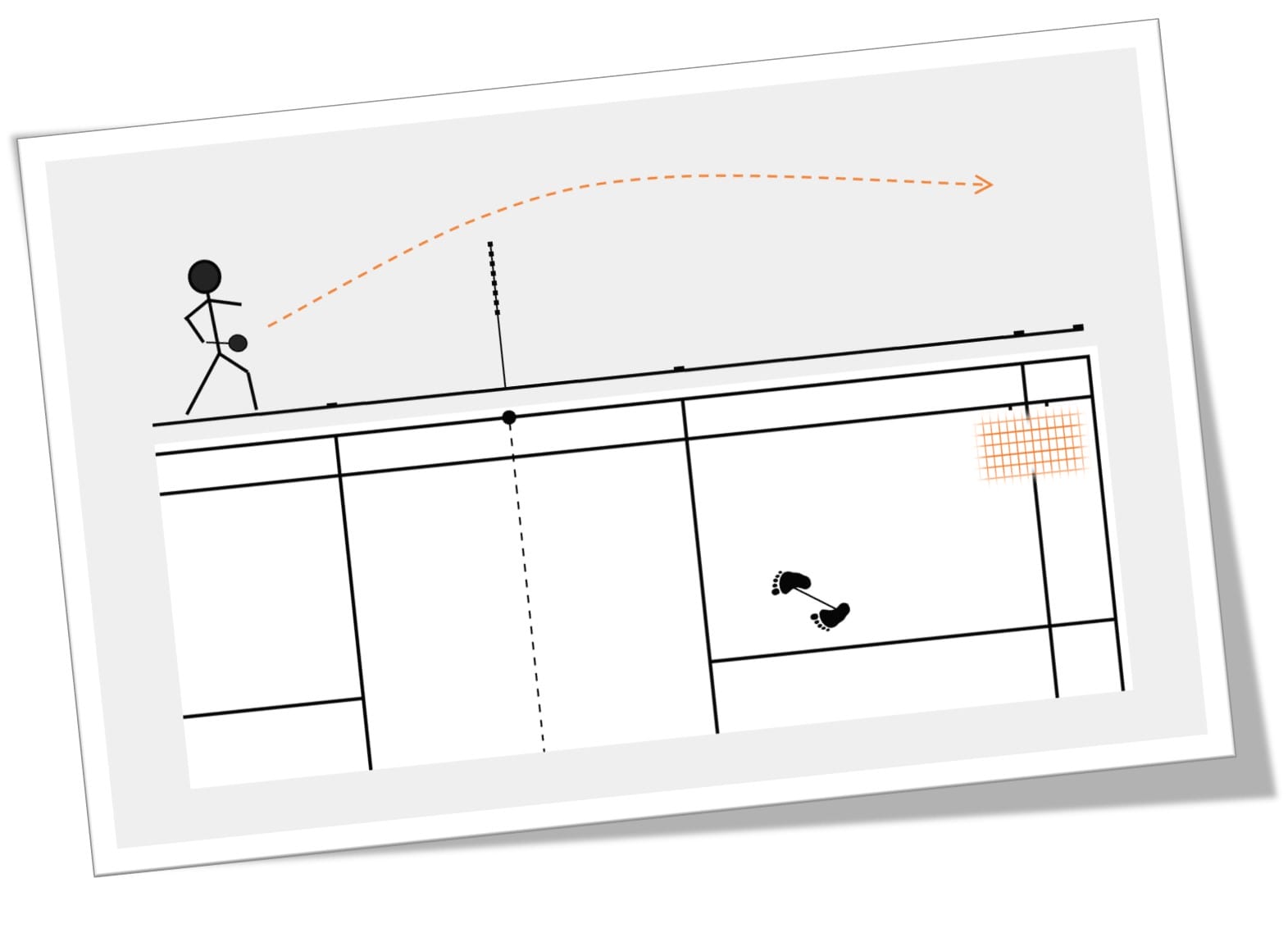
 Tips for everyone
Tips for everyone
